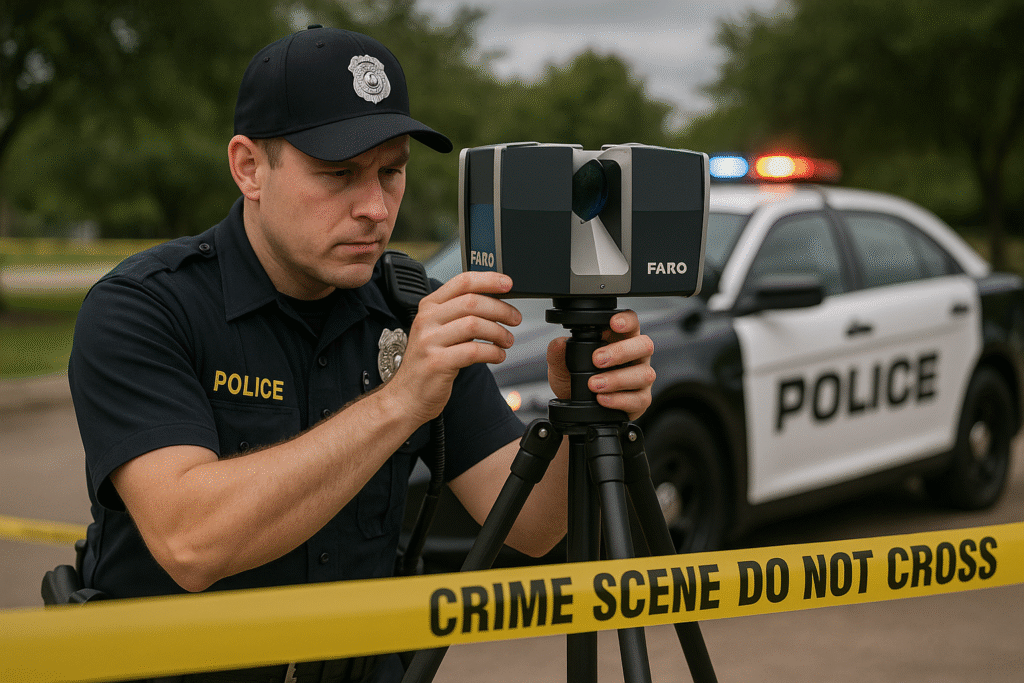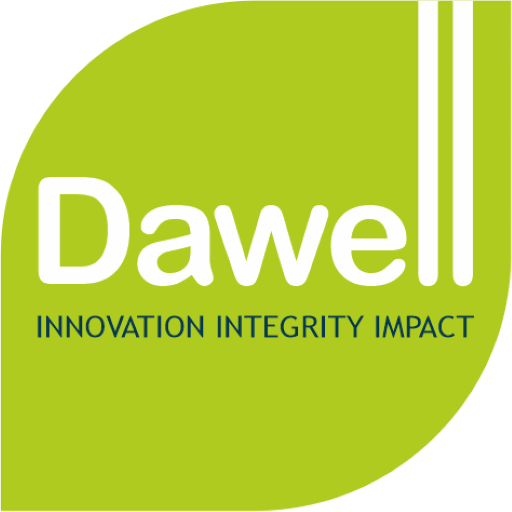
Understanding Laser Scanners
When it comes to documenting complex or expansive environments-whether it’s a construction site, a historical monument, or an accident scene-Laser Scanners offer a fast, precise, and cost-effective solution.

Traditionally, we’ve relied on tools like tape measures, plumb bobs, piano wires, laser range finders, and total stations to gather measurements. While these are familiar and trusted methods, they’re often time-consuming and prone to human error. Capturing a large site could take days, even weeks, and the results may still be inconsistent depending on who is doing the measuring. And if critical data is missed, it can create a chain reaction of inaccuracies down the line.
That’s where Laser Scanners change the game.
Instead of taking one point at a time, these non-contact devices use infrared laser technology to collect millions of precise data points in just a few minutes. The result is a highly detailed 3D image, often referred to as a point cloud, which digitally recreates the scanned space.
So how does this magic happen?
Laser Scanners work by emitting a narrow beam of infrared light onto a rotating mirror. This setup allows the scanner to “paint” the environment with laser light. As the scanner head rotates, it sweeps the laser across everything in its surroundings. When that beam hits an object, it bounces back to the scanner, which calculates the distance and captures the geometry of the object or surface. It doesn’t just capture straight-line distances—it also records horizontal and vertical angles to offer a full spatial profile.
A Laser Scanner typically captures data through two kinds of systems:
- Time-of-Flight (ToF): This method emits a single laser pulse and measures how long it takes to reflect back. Since the speed of light is constant, the scanner can calculate how far away the object is based on that time delay.
- Phase-Shift: This technique sends out a modulated laser beam using specific waveforms. When the light reflects back, the system measures the phase difference between the sent and received signals. The more precise this measurement, the more accurate the distance calculation. Phase-shift scanners are especially valued for their speed, high resolution, and accuracy.
Applications and Industries
Thanks to their precision, portability, and ease of use, Laser Scanners have become essential tools across a wide range of industries and use cases. Here’s how different sectors are using laser scanning to save time, improve accuracy, and protect critical information:
Law Enforcement & Fire Safety: In policing, firefighting, and forensic work, laser scanners are transforming the way scenes are documented. Whether it’s a crime scene, traffic accident, or fire investigation, these scanners quickly create a detailed 3D replica of the area—preserving it digitally before weather, traffic, or other factors disturb the evidence. What used to take hours can now be done in minutes, improving both speed and accuracy.
Public Safety & Security: Security teams rely on laser scanners to gather critical, high-detail data in sensitive environments. This real-time spatial information helps them respond to potential threats more effectively and make better decisions when every second counts.
Insurance & Claims: In the insurance world, documentation matters. Laser scanners help capture the exact state of a property, vehicle, or asset at a specific point in time—providing clear evidence for policy valuation, damage assessment, and claims processing. This ensures more transparent settlements and helps prevent disputes.

Oil & Gas Industry: Whether on offshore platforms or inside sprawling refineries, laser scanners are indispensable for engineering, maintenance, and planning. They’re especially useful for mapping out intricate piping systems, helping teams avoid costly errors during installation or upgrades.
Heritage and Historic Preservation: For projects involving monuments, archaeological sites, or heritage buildings, laser scanning provides a non-invasive way to document complex shapes and surfaces in incredible detail. These digital models assist with restoration, preservation, and research, ensuring cultural treasures are not lost to time.
Surveying and Mapping: In site surveying, laser scanners allow for fast and accurate volume measurements, topographical mapping, and as-built documentation—helping surveyors reduce time in the field while improving data quality.
Construction Industry: From initial groundwork to final inspection, laser scanning enables real-time verification during every stage of a construction project. It helps catch errors early, reduce rework, and keep projects on schedule and within budget—minimizing waste in both materials and time.
Architecture & Civil Engineering: Architects and engineers use laser scanners to capture existing building conditions with precision. These as-built models are invaluable for renovation planning, design accuracy, and structural analysis—ensuring designs align with real-world conditions.
Facilities Management & Asset Tracking: Large-scale factories, plants, and infrastructure facilities benefit greatly from laser scanning, which helps maintain detailed records of equipment, layout, and space utilization. This data is essential for efficient asset management, compliance, and future upgrades.
In each application scenario, a Laser Scanner produces accurate results in less time and with fewer errors than other, more traditional methods. And in some cases, such as documenting crime and crash scenes, the time saved offers downstream benefits such as being able to open roadways to the public earlier. In applications that require outdoor work, Laser Scanners can document complex areas where inclement weather is a concern.

